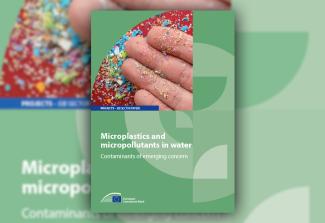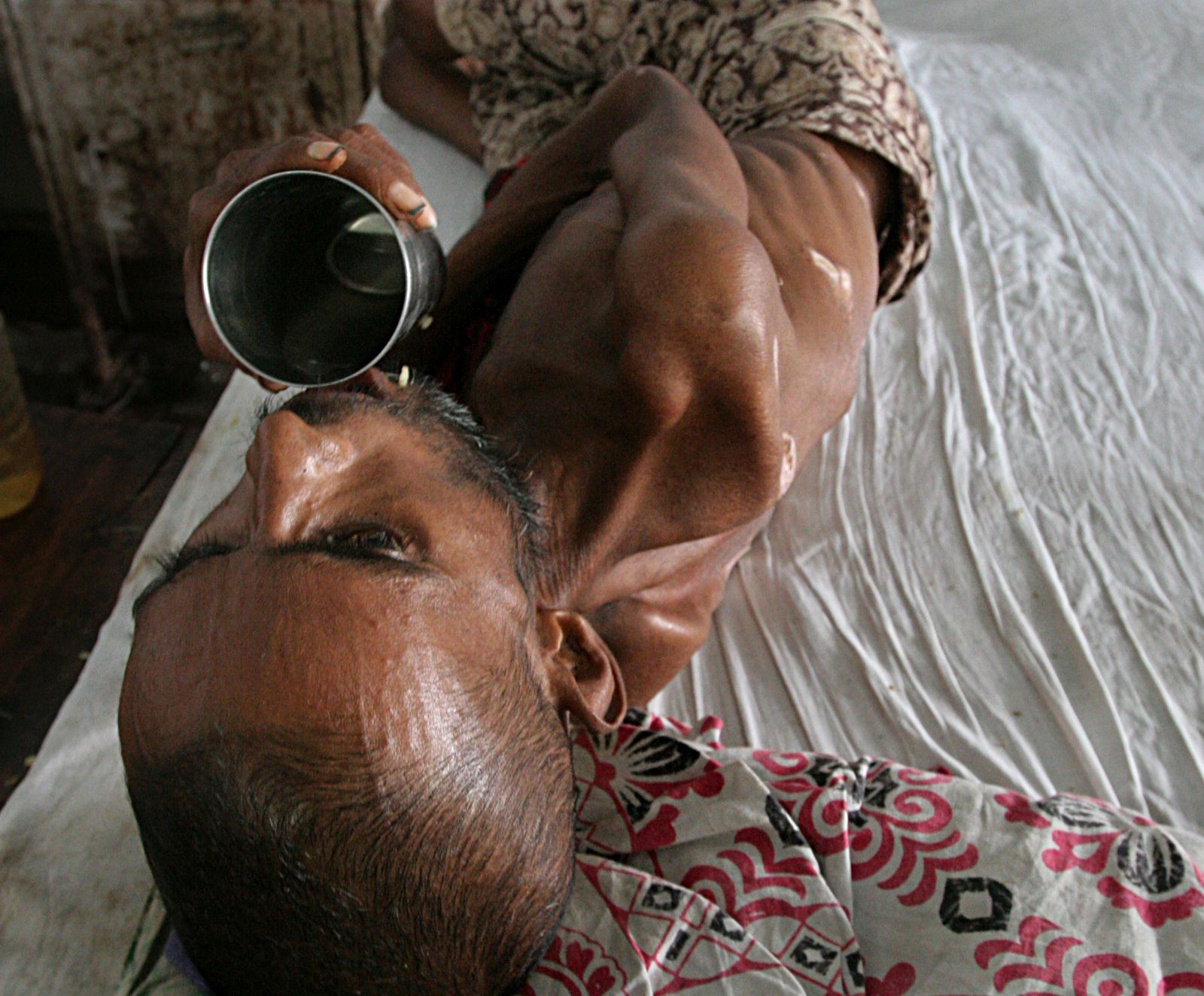Water pollution
Humanity needs more and better wastewater treatment

Microplastics are small, fragmented particles of plastic. They are less than five millimetres long and can harm humans as well as the environment. Typically, the eye does not notice them, and the smallest items are invisible. Nonetheless, microplastics are increasingly present in food, air, water and cosmetics products.
They are also found in water bodies including rivers, lakes and oceans. About half of the microplastics that end up in oceans result from city dust and tyre use on roads, according to a report of the European Investment Bank (EIB) released in 2023. The other half is mostly linked to consumption patterns, with one-third stemming from synthetic textile. The EIB is an international development bank which belongs to the member countries of the EU.
The report shows that microplastic harms animals in aquatic habitats. The particles gather in the digestive system, and large quantities can kill an animal. Microplastic pollution has been proven to increase the mortality of aquatic animals.
It is worrisome that these particles have become part of the food chain. If you have ever eaten seafood, chances are some particles of microplastics reside in your body. The EIB states clearly that research carried out on human blood showed the presence of small plastics. Less pollution, moreover, has been shown to go along with fewer negative health impacts in humans. The benefits include increased fertility.
Accordingly, European citizens are worried. The EIB states that 89 % express fear for their health, while 88 % express anxiety about the environment.
Some key steps proposed by the EU for the reduction of plastic pollution in water include:
- deliberate restriction of microplastic addition to products,
- assessment of how well urban waste-water regulations are working and
- efforts to reduce the accidental release of microplastics from textiles, tires and plastic.
Microplastic release into the oceans is a global phenomenon. The EU accounts for 10 % of the world’s microplastic release into the oceans. East Asia and Oceania (including China) lead with 31 %, followed by South Asia (including India) with 18 % and North America (including the USA) with 17 %. Africa, the Middle East and South America are each said to release nine percent.
Conventional treatment plants of the kind that process about 90 % of the EU’s wastewater remove microplastics, the EIB writes. However, run-off water from roads and city streets is not treated that way. Moreover, the EIB admits that sludge from treatment plants remains a problem. Around the world, of course, more conventional treatment would help.
Micropollutants are another serious challenge
They are intangible contaminants (less than one microgramme per litre) that result from both natural and industrial processes. Conventional treatment plants do not affect them.According to the EIB, these particles often change into more toxic compounds than their initial form. Research findings reveal that in humans, micropollutants accumulate in breast milk, blood and fat, causing potentially serious harm to the human body.
Antibiotics are another cause of concern. They are useful to cure bacterial infections, but their effectiveness is waning as an increasing number of pathogens are becoming antibiotic resistant. The more these pharmaceuticals are spread as micropollutants in the environment, the more antibiotic-resistant pathogen strains are likely to emerge.
The EIB argues that more advanced water-treatment plants can make a difference regarding micropollutants. It thus appreciates EU plans to introduce “fourth” or “quaternary” treatment on top of three conventional treatment stages so far. Quite obviously, that will require massive investments.
The EIB supports the reduction of micropollutants by providing long-term financing to water-resource managers, raising public awareness and facilitating technical assistance. For example, it lends money to public and private institutions for projects designed to reduce microplastic pollution.
Link
EIB, 2023: Microplastics and micropollutants in water.
https://www.eib.org/en/publications/20230042-microplastics-and-micropollutants-in-water
Adaze Okeaya-inneh is a journalist and screenwriter in Lagos.
adazeirefunmi@gmail.com










